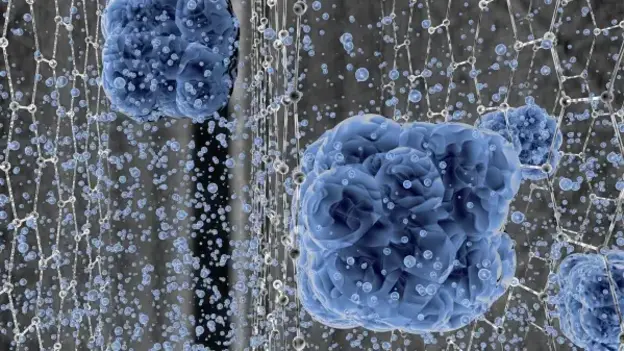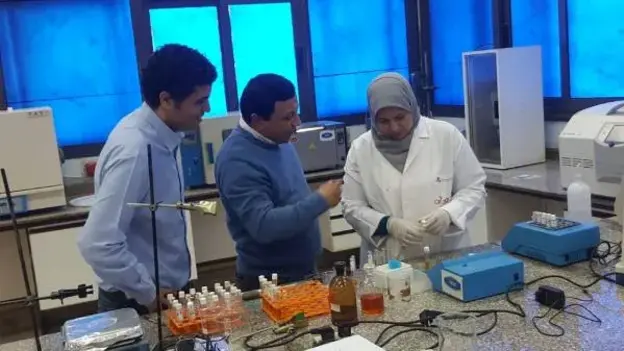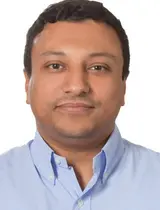Tandem Project
Carbon-Based Membranes in Wastewater Treatment
Laboratory Study
Egypt’s per capita drink water capacities have never been as scarce as today. In the last 40 years the annual share per citizen declined by over 60% to 570 cubic meters in 2018. Egypt is therefore classified as a water scarce country. Egypt almost solely depends on the Nile for its access to drink water. Increased pollution through industrial waste and agriculture make a functioning wastewater programme vital for Egypt’s access to drink water. Due to the Egypt’s growing population, the water demand will increase in the upcoming years. Therefore, the efficiency of wastewater treatment processes and the technology for water refurbishment needs to be optimized.
In the last few years, carbon-based nanomaterials such as carbon nanotubes (CNTs) have received significant interest in the field of wastewater treatment and desalination applications for their high aspect ratio, large surface area and ease of functionalization. CNTs membranes with ‘buckypaper’-like structures have specifically gained attention for their unique advantages. These types of CNTs membranes show outstanding performance in the removal of natural organic matters and the separation of oil-in-water emulsions compared to conventional polymeric membranes. Furthermore, the membrane exhibited good recyclability with low fouling rate for long-term filtration.
Overall, many studies investigated the improvement of the water flux and selectivity of CNTs membranes. However, only few of them introduced the effect of CNTs aspect ratio and surface modification on the physical and structural properties of the prepared membranes. In this research project the fabrication of free-standing pristine and surface modified buckypaper membranes is introduced. The absorption capacity of buckypapers is evaluated, along with their recyclability and robustness. Additionally, the morphological structure of CNTs are analysed and their pore size distribution is determined. The water permeability is recorded for the pristine and surface modified buckypapers.
The project partners joined forces to find an innovative approach to address water scarcity in Egypt as well as other Arab countries.
- Disciplines Involved
- Materials Science, Physics
- Project Title
- Free Standing Carbon-Based Membranes for Water and Wastewater Treatment
- Year
- 2020
- Funding Scheme
- Tandem Project
- Countries Involved
- Egypt, Germany
- AGYA Publication
- High Performance Isotropic Polyethersulfone Membranes for Heavy Oil-in-water Emulsion Separation
- Construction of 2D Layered TiO2@MoS2 Heterostructure for Efficient Adsorption and Photodegradation of Organic Dyes
- Facile Surface Treatment and Decoration of Graphene-based 3D Polymeric Sponges for High Performance Separation of Heavy Oil-in-water Emulsions
- High Performance Graphene-based PVF Foam for Lead Removal from Water



